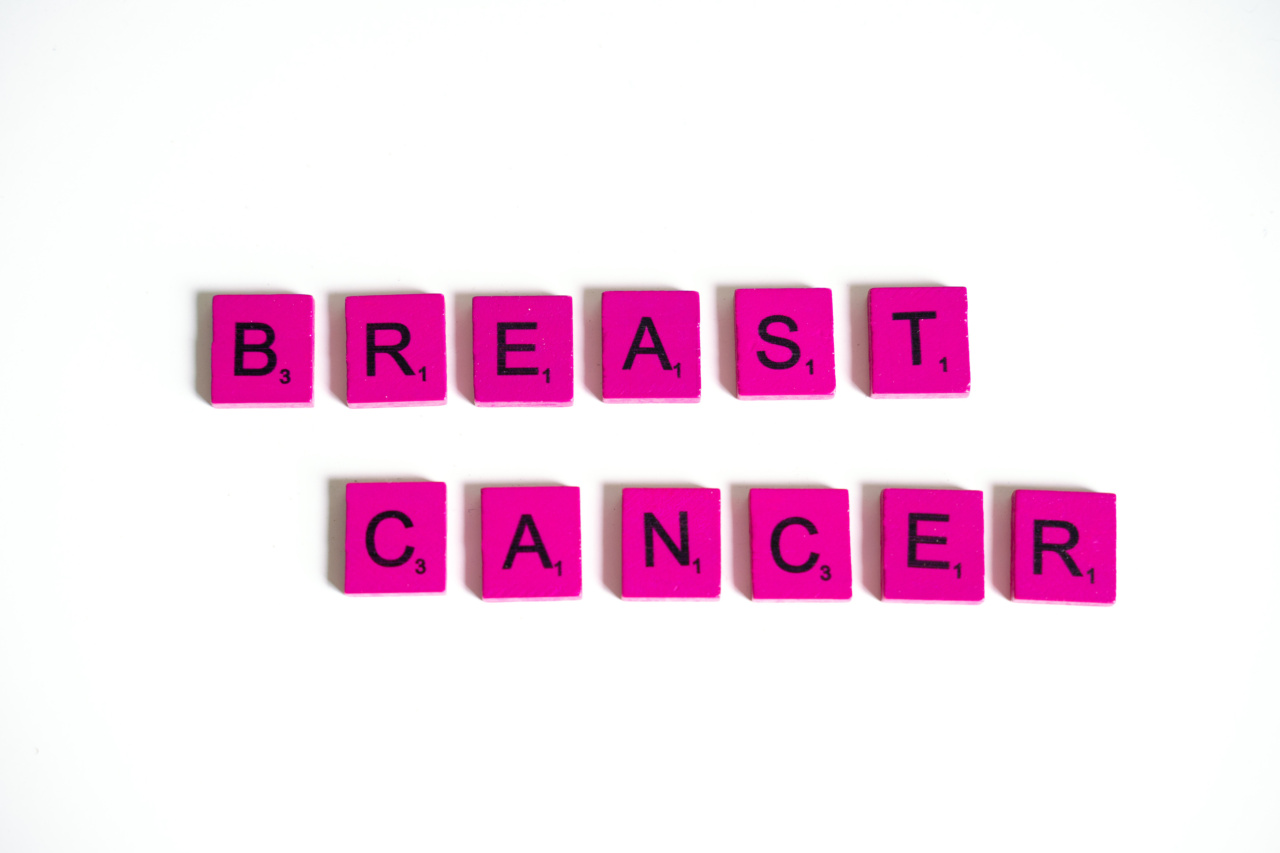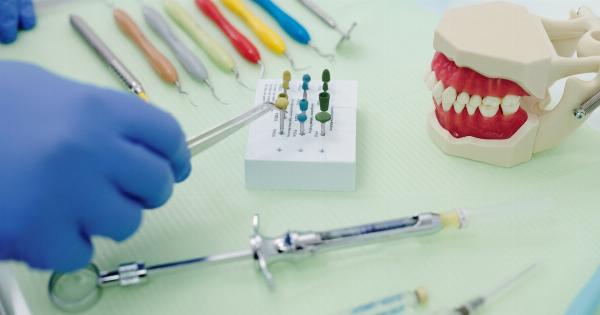Cancer is a devastating disease that affects millions of people worldwide.
While most of us are familiar with common types of cancer such as breast, lung, or prostate cancer, there are other less well-known forms of the disease that also demand our attention. One such form is orthodontic cancer, which primarily affects the oral cavity and surrounding tissues. In this article, we will explore orthodontic cancer awareness and discuss five life-saving questions that you need to know.
1. What is Orthodontic Cancer?
Orthodontic cancer, also known as oral cancer, refers to the abnormal growth of cells in the oral cavity. It can affect various parts of the mouth, including the lips, tongue, cheeks, floor of the mouth, hard and soft palate, sinuses, and throat.
Orthodontic cancer can be life-threatening if not diagnosed and treated early.
2. What Are the Risk Factors for Orthodontic Cancer?
Several factors increase the risk of developing orthodontic cancer:.
Tobacco and Alcohol: The use of tobacco and excessive alcohol consumption are major risk factors.
HPV Infection: Certain strains of the human papillomavirus (HPV) have been linked to an increased risk of developing orthodontic cancer.
Poor Oral Hygiene: Neglecting proper oral hygiene, such as regular brushing and flossing, can contribute to the development of orthodontic cancer.
Sun Exposure: Prolonged exposure to sunlight without protective measures can increase the risk of lip cancer.
Age and Gender: Orthodontic cancer is more common in individuals over the age of 45 and is generally more prevalent in men than women.
3. What Are the Signs and Symptoms of Orthodontic Cancer?
Being aware of the signs and symptoms of orthodontic cancer is crucial for early detection:.
Ulcers or Sores: Persistent sores in the mouth that do not heal within two weeks should be examined by a healthcare professional.
Red or White Patches: Unusual red or white patches on the lips, tongue, or inside the mouth may indicate the presence of cancerous cells.
Persistent Pain: Sustained pain or discomfort in the mouth or throat, even without any visible sores, should not be ignored.
Difficulty Swallowing: Trouble swallowing or a feeling of something being stuck in the throat can be a symptom of orthodontic cancer.
Unexplained Weight Loss: Rapid and unexplained weight loss can be a sign of various underlying health issues, including orthodontic cancer.
4. How is Orthodontic Cancer Diagnosed?
If you experience any concerning symptoms, it is important to consult a healthcare professional or dentist. They may conduct various diagnostic procedures:.
Physical Examination: A healthcare professional will visually inspect your mouth, throat, and neck for any visible signs of cancerous growth.
Biopsy: A tissue sample will be collected from the suspicious area and sent to a laboratory for analysis.
Imaging Tests: X-rays, CT scans, or MRIs may be performed to determine the extent of the cancer and if it has spread to other areas.
5. How is Orthodontic Cancer Treated?
Orthodontic cancer treatment depends on various factors, including the stage of the cancer, its location, and the patient’s overall health. The following treatment options may be recommended:.
Surgery: Surgical removal of the cancerous cells and affected tissues may be necessary, especially in the early stages of orthodontic cancer.
Radiation Therapy: High-energy beams are directed at the cancer cells to destroy them and prevent further growth.
Chemotherapy: Medications are used to kill cancer cells or inhibit their growth. This treatment is often used in combination with radiation therapy.
Immunotherapy: This newer treatment option aims to boost the body’s immune system to better fight cancer cells.
Palliative Care: In advanced cases, when a cure is not possible, palliative care focuses on managing symptoms and improving quality of life.
Conclusion
Orthodontic cancer is a serious condition that requires immediate attention. By understanding the risk factors, recognizing the signs and symptoms, and seeking early medical intervention, we can increase our chances of successful treatment.
Regular dental check-ups, maintaining good oral hygiene, and adopting a healthy lifestyle can all contribute to orthodontic cancer prevention. Remember, knowledge is power when it comes to orthodontic cancer awareness.





























